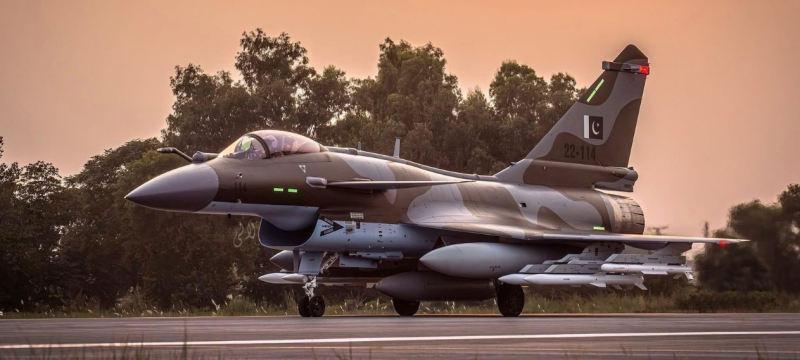In a notable endorsement of Pakistan’s evolving military capabilities, China has lauded Islamabad’s integration of advanced warfare systems, particularly during the recent India-Pakistan border tensions. A report by China Space News, affiliated with China’s leading aerospace institutions, spotlighted Pakistan’s cutting-edge “ABC” combat structure as a breakthrough in intelligent warfare strategy.
The Pakistan Air Force reportedly deployed an interconnected network of radars, fighter jets, and Awacs to intercept and down five Indian aircraft during the flare-up. This coordinated response, described as “locked by A, launched by B, guided by C,” marked a shift from conventional force tactics to data-driven, decentralized defence operations.
ALso Read: Global Markets Surge as US and China Reach Temporary Tariff Agreement
Though the report didn’t explicitly cite Chinese weapons, Pakistan’s use of Chinese-origin HQ-9P missile systems, ZDK-03 Awacs, and J-10CE jets with PL-15E missiles points to deepening Pak-China defence ties. The integration of these systems has offered Pakistan both real-time precision and a cost-efficient defence model.
In contrast, India continues to grapple with interoperability challenges among its diverse arsenal, potentially undermining its response capabilities. As warfare moves toward AI-enhanced coordination and network-centric operations, Pakistan’s strategy is now being seen as a template for future military engagements.





